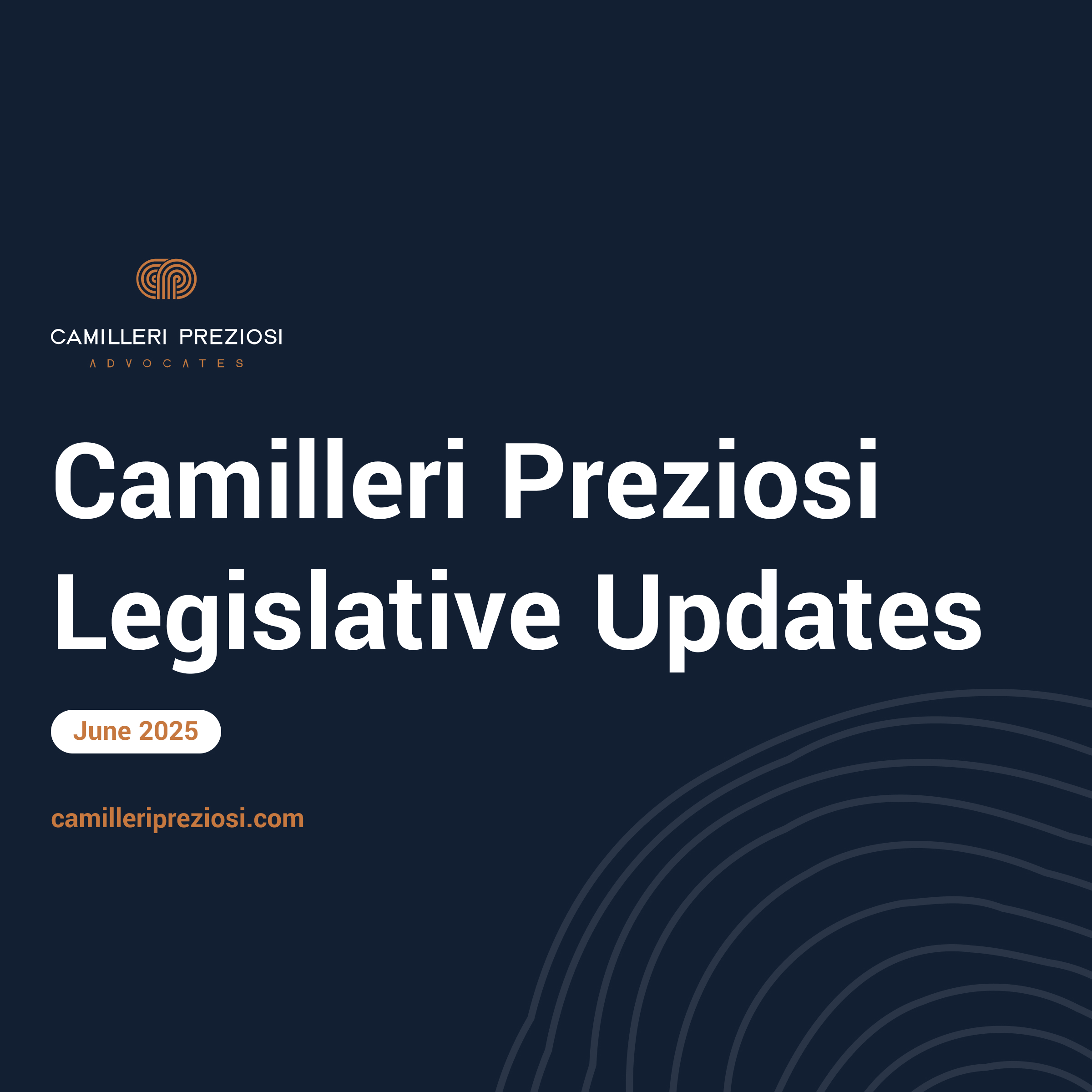I had the pleasure of listening to Prof Barry Rider OBE at the 30th ICC Fraudnet Conference in Beirut on 11th October 2019 which specifically addressed asset recovery, confiscation and anti-fraud measures in the banking system. ICC FraudNet is a specialist international network of fraud and asset recovery lawyers that brings together an unrivalled team of legal specialists to assist with issues relating to fraud, money laundering, asset tracing and recovery, spanning across 70 jurisdictions globally, and which Camilleri Preziosi is proud to form part of.
Prof Rider’s intervention struck a chord not only because I share his views on the subject matter but also because it re-enforces the gaps that most jurisdictions have in their asset recovery regime, including Malta. Quoting a recent survey on the topic, Prof Rider noted that the present asset removal regime has taken out of the system only a minute fraction of the criminal assets’ pipeline, thereby questioning whether the exorbitant costs of compliance that obliged entities are constantly being burdened with are worth their while. It follows, therefore, that the powers that be have failed in the fight against criminality – but why is this so? What component is malfunctioning and what can we do about it?
If one looks at the measures taken to curb money laundering, fraud, bribery, and other financial crime offences so far, the buck seems to invariably stop with obliged entities; institutions and their management and directors are the ones who get labelled as the villains and they are the ones who end up getting punished, directly or indirectly. As a matter of public policy, policymakers have chosen to extend the perimeter in such a way that the legal risk is shifted onto these obliged entities and the gatekeeping role is delegated to such institutions, not least because they are a relatively ‘easy’ target when compared to the actual offenders who are always one step ahead of law enforcement and with whom the authorities unlikely to catch up any time soon.
Regulators in particular are known for their tendency to address crises in a fire-fighting fashion, by reacting to what is happening around them and, in the context of financial crime, this is exactly what is being done as they go after the low-hanging fruit, i.e. the institutions, as a short-term fix. This reactive stance has, throughout the years, lead to a fragmented law enforcement approach whereby a number of different agencies have been created to supervise different aspects of compliance with financial crime obligations imposed on obliged entities and to oversee the enforcement of such ongoing compliance requirements. Due to limitations in resources and expertise in financial crime, policymakers have therefore focussed their efforts in disrupting criminal networks and discouraging them from engaging in criminal activities by making it more difficult for them to exploit the system, rather than expending efforts and investing in resources to pursue criminals and actually attempt to recover the proceeds of crime.
This issue is specifically relevant for Malta. As a jurisdiction, Malta has made remarkable progress in ensuring that obliged entities have robust ML/FT systems and controls and, overall, there is a very sound knowledge of compliance obligations and a commitment to this effect by obliged entities, policymakers, and regulators alike. This notwithstanding, Malta’s track record on the prosecution, confiscation and asset recover fronts leaves much to be desired. Indeed, this was one of the main concerns highlighted by MONEYVAL in their latest report on Malta and a crucial contributor to the outcome of that report. The time has come to the something about it and there are a number of avenues that can be explored.
Firstly, the implementation of the on EU Directive on combating money laundering by criminal law (Directive (EU) 2018/1673) establishes the direction of travel in this regard and should provide some ‘quick-wins’ in terms of making asset recovery regime more effective. In particular, this Directive provides for a more targeted attribution of culpability as well as establishing corporate sanctions, hence resonating with the concepts of controlled liability and facilitator liability, which fundamentally hold liable those who handle people’s wealth and those who otherwise act as intermediaries and are frequently essential for the facilitation of the crime. Prof Rider also noted the possibility of introducing the concept of incentivised whistle-blowing, such that where an individual provides intelligence which directly results in a recovery of the proceeds of crime, that individual, as a whistle-blower, would get a cut in return. In Malta, incentivised whistle-blowing is typically considered somewhat of a ‘dirty word’ and is not encouraged; yet, a reward was recently offered in a recent high-profile murder case and there is no reason why it should not be utilised more often in a controlled and well-thought-out manner also in the context of financial crime. Finally, the most effective tool to aid asset recovery, is, in my view, the use of Unexplained Wealth Orders (UWOs) which have successfully taken off in the UK and could likewise have potential in a number of jurisdictions. Closely linked to that is also the option of arming law enforcement with the possibility to take steps allowing for confiscation in rem.
Naturally, none of these measures is faultless – UWOs and confiscation in rem do present challenges from a constitutional law perspective, whilst the attaching of corporate criminal liability with the limited defences available could equally appear to be somewhat unfair in certain cases. Nevertheless, rough times call for though measures and the present circumstances are such that our policymakers must take the bull by the horns and address asset recovery failures directly rather than tackling them peripherally. No matter how hard one attempts to mitigate against financial crime exposure, crime does happen and will continue to happen; there must therefore be an effective and comprehensive framework in place which allows us to reverse that and recover those assets. It is only after we address this very weak link in the entire system that we can be truly engaged in the fight against financial crime.










